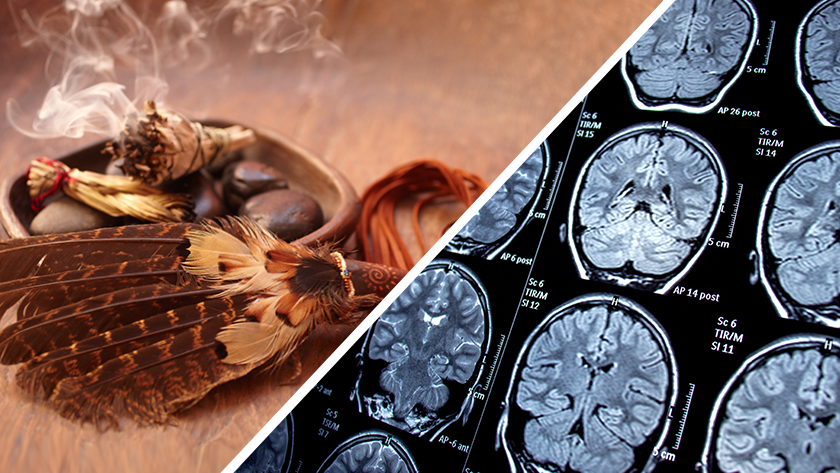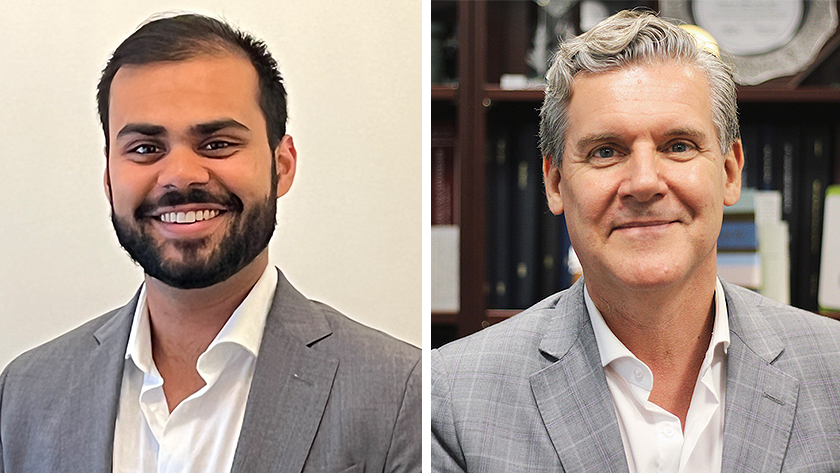
Researchers at the Krembil Brain Institute have identified key factors that contribute to high rates of brain and spinal cord injury in Indigenous populations of Canada, as well as strategies to address this health care issue around the world.
Across Canada, Indigenous peoples tend to have poorer health status compared with the non-Indigenous population, and injury rates are much higher in these groups than in the rest of the country.
“Neurotrauma—including traumatic brain and spinal cord injuries—annually accounts for over 24,000 hospitalizations in Canada, and Indigenous peoples are disproportionately affected,” says Dr. Michael Fehlings, a Senior Scientist at the Krembil Brain Institute and the senior author of the study.
To explore the major factors that contribute to neurotrauma in Indigenous populations, Dr. Fehlings’ team reviewed the results of 17 published studies about the causes and management of neurotrauma.
Factors contributing to the burden of neurotrauma in Indigenous populations fell into three themes:
1. Inadequate resources leading to compromised safety and limited access to health care.
2. Social issues within Indigenous communities leading to increased risk of injury.
3. Challenges within the health care system leading to a lower standard of care received by Indigenous people.
Specific factors found to increase the risk of neurotrauma among Indigenous peoples included unsafe housing, workplace and road conditions, community violence, and inadequate education on brain and spinal cord injuries. Factors that increased the burden of neurotrauma included barriers to receiving patient-centered care and limited access to rehabilitation services and assistive devices such as wheelchairs.
The researchers next explored strategies to address neurotrauma in Indigenous communities. Proposed strategies included changes to the health care system, such as increasing access to translators, increasing education for health care workers so that they can provide culturally sensitive care, incorporating traditional healing approaches and increasing the supports available to patients once they leave the hospital. There was also an emphasis on increasing funding to reduce the costs of transportation to receive medical care and to enable elders and traditional healers to travel with families during the treatment process to provide spiritual guidance.
The evidence generated from this study will help health care workers and the government develop strategies to prevent and manage neurotrauma in Indigenous populations.
The next steps for this research include determining the leading causes of neurotrauma in individual Indigenous communities, particularly those in the territories and Atlantic provinces, which the team did not assess in this study. It will also be crucial to work with Indigenous partners to gain a holistic understanding of how neurotrauma affects their communities.
“Canada has more than 630 distinct Indigenous communities, each with unique cultural and social factors that can influence the rates and experience of brain and spinal cord injury,” explains Zaid Salaheen, a medical student at the University of Toronto and the first author of the study. “Identifying community-specific factors that influence injury rates and burden is critical for developing tailored, culturally appropriate strategies to address this serious health issue.”
This work was supported by the UHN Foundation. Dr. Michael Fehlings is a Professor of Neurosurgery at the University of Toronto and the Robert Campeau Family Foundation/Dr. C.H. Tator Chair in Brain and Spinal Cord Research at University Health Network.
Salaheen Z, Moghaddamjou A, Fehlings M. Neurotrauma in Indigenous Populations of Canada - Challenges and Opportunities at a Global Level: A Scoping Review. World Neurosurg. 2022 Aug 1. doi: 10.1016/j.wneu.2022.07.108.

Zaid Salaheen (left) is a medical student at the University of Toronto and a student in Dr. Fehlings’ lab. Dr. Michael Fehlings (right) is Senior Scientist at the Krembil Brain Institute and Head of the Spinal Program at the Toronto Western Hospital.




